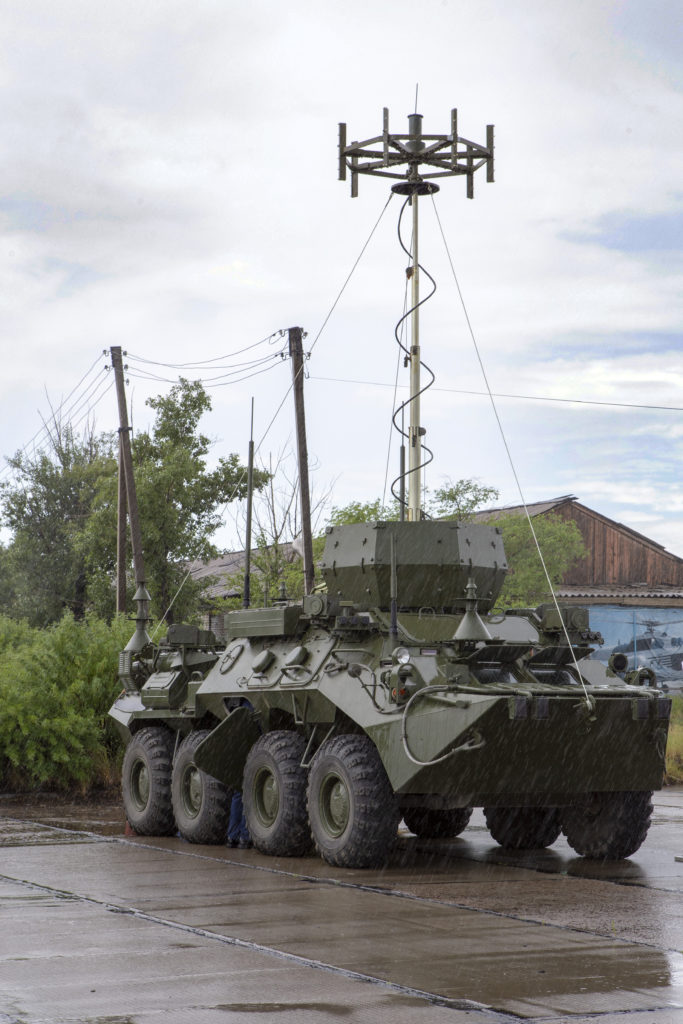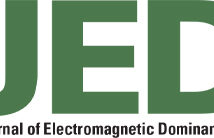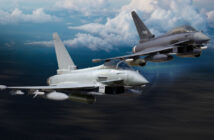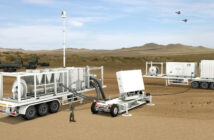By Raymond Chan, Product Manager, Anritsu
Introduction
As the world becomes ever more interconnected, the advancement of wireless technology has also led to the demand for RF monitoring, particularly during critical missions. New technologies mean there are more devices out there that can interface with existing equipment. Often, interference is small, mobile, and intermittent making it harder to pin down.
Establishing a baseline of the RF environment during an emergency is vital to mission success. Monitoring the RF environment as emergency communications come online ensures that everything is performing as it should. For example, radio transmissions need to be free of spurs so they do not affect other equipment.
Spectrum Analyzers Role in RF Monitoring
When it comes to RF monitoring, there are generally three variations of instruments that can be used – benchtop spectrum analyzers, remote spectrum monitors (RSM), and handheld spectrum analyzers. Although all three conduct spectrum analysis, they perform very different functions. Therefore, having a dedicated tool for a single job does not work well for RF monitoring.
Benchtop models, such as the Spectrum Analyzer/Signal Analyzer MS2850A, are large and provide the best performance, such as a 1 GHz analysis bandwidth. Although powerful instruments, they are poorly suited for RF monitoring; they were designed for R&D lab use. They are often not weatherized and are highly susceptible to vibrations and other environmental factors. Furthermore, they require a power source and usually cannot be integrated with multiple units to monitor an area.
RSMs are designed for RF monitoring but, similar to benchtop units, often require infrastructure to support them. Each RSM site needs power and some backhaul to send the data back to a command center. Figure 1 outlines typical components for an RSM system.

* Cost of wireless modems are highly dependent on carrier and data plan.
Figure 1 Backhaul requirements
It is important to note that the backhaul method greatly impacts IQ capture and streaming capabilities as there is limited onboard storage. RSMs also have limited onboard computing power and rely heavily on the processing power of the command center. Typically, RSMs are mounted on towers and can be temporary or permanent fixtures. However, as threats become mobile, fixed sites lack the flexibility needed in the modern age.
Handheld spectrum analyzers, such as the Field Master Pro™ MS2090A, offer many of the benefits RSMs provide but also have unique capabilities that neither the RSM nor benchtop spectrum analyzer offer, such as:
- They are self-contained units with onboard processing power
- They offer real-time spectrum analyzer (RTSA), AM/FM demodulation, pulse measurements, and many more features
- Battery-powered and ruggedized, they are meant to be flexible and general-purpose instruments
RSM Triangulation
When the infrastructure is there to support multiple RSMs, they can provide unparalleled RF monitoring capabilities. With overlapping coverage, the RSM system can not only monitor, but also triangulate the location of interference. With three or more RSMs, the interference location is determined by the power of arrival (POA) or time difference of arrival (TDOA). Unlike other methods, RSMs are in set locations making triangulation much more accurate. This is because the uncertainty due to the receiver’s location is effectively zero.
The static nature of RSMs means there are some disadvantages. Since RSMs often cannot move easily, they are subjected to reflections due to terrain and other environmental factors. This will often confuse the RSM regarding the direction in which the signal comes. Furthermore, there are situations where only two RSMs can detect the signal, limiting the capability of the entire system.
A handheld spectrum analyzer, such as the MS2090A, is ideally suited for these situations. It can perform the same function as an RSM but is in a self-contained package. Furthermore, being battery-powered, it only needs a backhaul connection to be the third RSM in the triangle. If the terrain is causing reflections, the unit can be moved into a better position.
Platform and DF Antenna Roles
When it comes to flexibility for RF monitoring, one of the first things that comes to mind is a vehicle with a direction finding (DF) antenna, as seen in Figure 2. They typically operate on the principle of the angle of arrival (AOA) to determine the location of the signal source. AOA used on a stationary platform is not as effective as POA or TDOA. Combining AOA with mobility changes the story. Being able to acquire data from different angles dramatically improves the capability of the platform.

Figure 2 Military monitoring vehicle platforms
Figure 2 highlights several of the shortcomings of vehicle-based DF platforms:
- The platforms are typically large and bulky, i.e., generally custom vehicles that require significant integration
- An integrator must install the DF antenna and the spectrum analyzers that will be processing the information
- A vehicle cannot reach many places. For example, if there is debris and rubble, a vehicle may be unable to overcome the terrain.
An alternative to a vehicle borne DF platform is a handheld spectrum analyzer, which is a self-contained package. A handheld spectrum analyzer connected to a laptop and a magnetic-mounted broadband antenna provides similar capabilities to a large DF platform. The system would not be as accurate as a large DF platform but offers the ability to dismount and continue monitoring on foot.
Unknown Environment Considerations
The environment is critical in RF monitoring but also the most unpredictable. Weather is one of the most volatile events and can have an impact on how stationary RSMs function. For example, rain fade can affect the signal quality, and being stationary limits the mitigation methods available to an RSM.
During mission-critical emergencies, the environment can change by the minute. Natural occurrences, such as leaves moving in the wind or debris flying in the air can all impact RSM system performance. Cell tower sites require constant maintenance, and it is no different when it comes to an RSM system. Being flexible and mobile provides the maximum benefit while sacrificing a little performance.
A snapshot of the RF environment is critical when entering a new environment. The initial view provides a reference for comparison with all other measurements. A mobile handheld spectrum analyzer allows for RF spectrum clearing from the start of an operation, clearing the area of operation as it expands.
All-in-one Test Solution
Although many features such as spectrogram, pulse measurement, and demodulation are available on a laptop with third-party applications connected to instrumentation, having it all in a single package provides flexibility. For example, it is invaluable to have tools such as a real-time spectrum analyzer in a single portable unit when it comes to mobile interference hunting. In addition, seeing real-time intermittent signals and combining them with mobility makes for a powerful tool.
Flexibility is the most important factor in an unknown environment, such as many mission-critical situations. Although handheld spectrum analyzers, such as the MS2090A, cannot do everything perfectly, they do many things extremely well. For example, the MS2090A can be used to build a moving triangle of RSMs or fill the gap in an RSM triangle. The unit can be integrated into a vehicle for mobile interference hunting (MIH) and can be disconnected quickly for MIH on foot.
Conclusion
RF monitoring is becoming a critical tool in today’s world, particularly with modern emergency response and military missions. Implementing proper testing processes, including implementing flexible test solutions with durably built for the field and featuring multi-instrument capabilities are necessary to ensure devices and systems perform according to specification in critical emergencies.
To learn more about Anritsu, visit www.anritsu.com.






